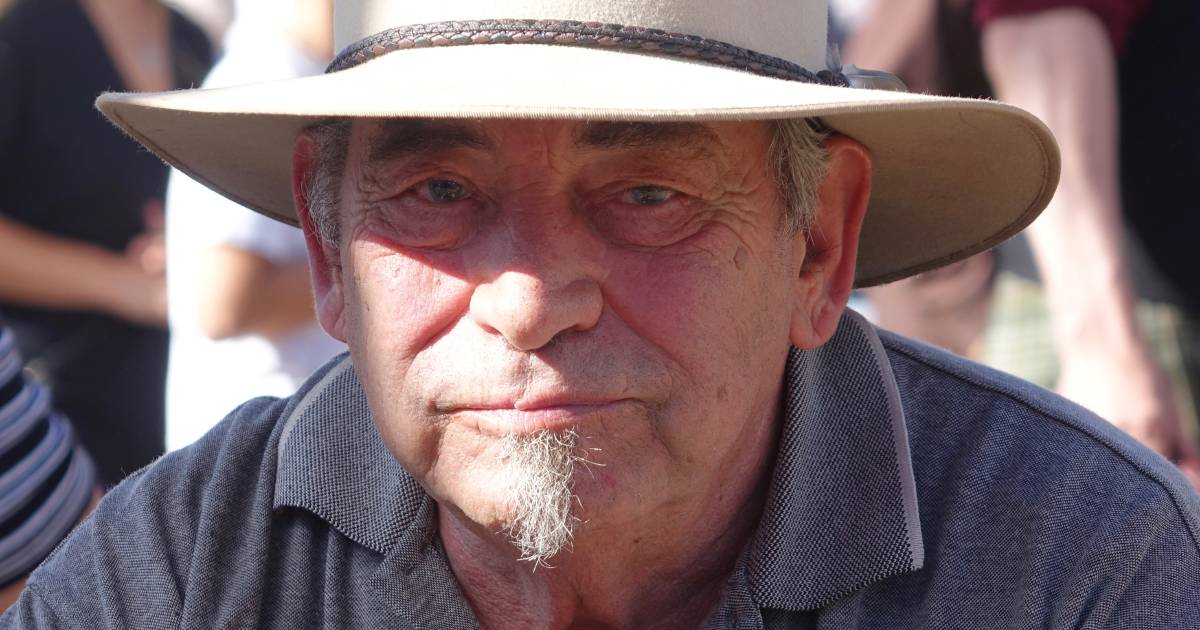ferball
desperately terminally-contrarian
- Jul 24, 2015
- 42,981
- 86,518
- AFL Club
- North Melbourne
I'm so sick of campaigners saying this. Its got nothing to do with Greenies and the government and everything to do with having the personnel to do the burns and an effective window to do it.
Some of these idiots just light up and let the ******* fire go with no idea where PR when it's gonna stop and who is in the way.
That campaigner probably lives in the city and brought his hat at a tourist shop.
Meanwhile I'm off to do another 15 hours unpaid work on the fire front.
Some of these idiots just light up and let the ******* fire go with no idea where PR when it's gonna stop and who is in the way.
That campaigner probably lives in the city and brought his hat at a tourist shop.
Meanwhile I'm off to do another 15 hours unpaid work on the fire front.








